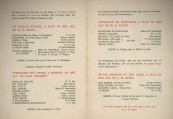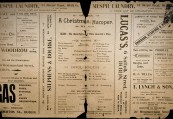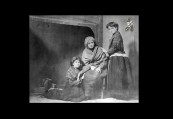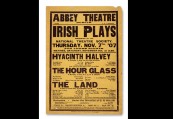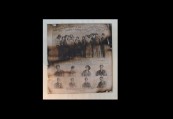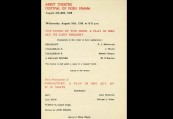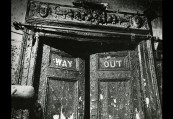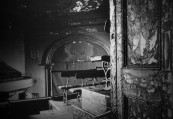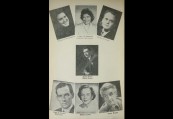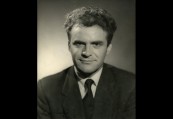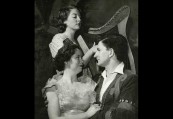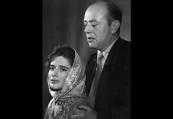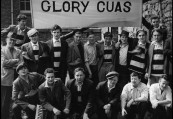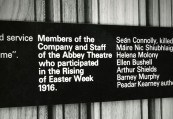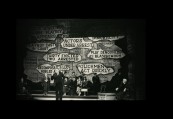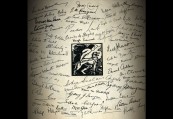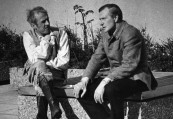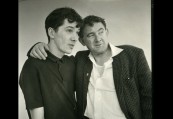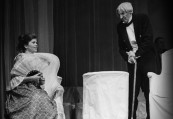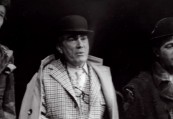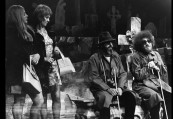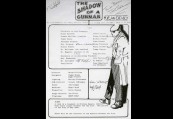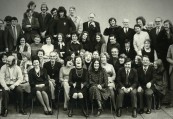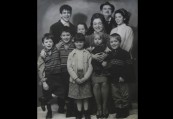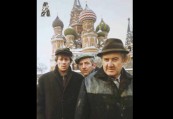Child abuse, a major and painful issue in Irish life in recent years, was reflected on the Abbey stage back in the 1960s.
“On 30th January 1961 a play by Richard Johnson, The Evidence I Shall Give, was premiered at the Abbey Theatre. It ran for 42 performances, and then was restaged in July of that year when it ran for a further nine. It returned in August for 21 more, in September for nine, and finally in October for six. Such a run, with a total of 87 performances, was most unusual.”
– An excerpt from the Commission to Inquire into Child Abuse (Part IV section 1.169 (5)), a play at the Abbey Theatre
Here are two newspaper reviews which gives an insight into how the play was received in 1960s Ireland.
“… although the author is obviously sincerely concerned with the fate of homeless children, the picture he paints of life in the Barrabeg institution has grounds for causing resentment among those who know what a splendid job dedicated religious communities are doing in this field.”
The Irish Independent, 31 January 1961
“I doubt if any thinking person who sees this play… will leave it without examining his own and the communal conscience on its main theme.”
“The Mother superior, who registers as an eminently reasonable woman on her first appearance, emerges, under cross examination, as the sinister figure of the tyrant-matriarch, as the tragedies and torments of all institutionalised children are quietly bared.”
The Irish Times, 31 January 1961
